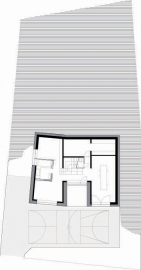Passive House with Textile Skin
Belgium is one of the most dense, yet endlessly dispersed areas in Europe. It has come to a point where the existing models for spatial development often based on private ownership of land are no longer justifiable. The idea behind this project was based on the architects research into the generating capacity of architecture on a spatial, social and ecological level. The objective was to explore an alternative and positive approach and thereby cause a shift in the behaviour that has created this problem. The site is on a leftover lot in a 1960s housing development. By designing the front yard as a semi-public playground, and by using the front facade literally as a drawing board, this house becomes a more social and hospitable element in the neighbourhood.
The topography and orientation of the site and the passive house principals led to an efficient skin design that embodies and reinforces aspects such as transparency, flexibility and interaction.

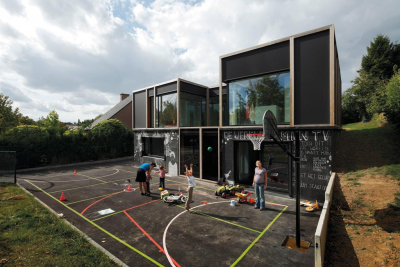
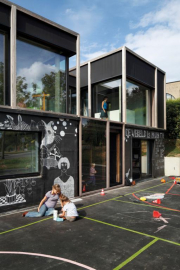
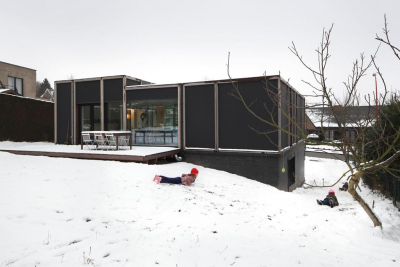
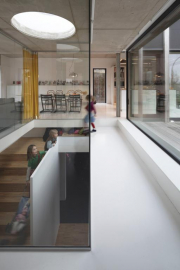


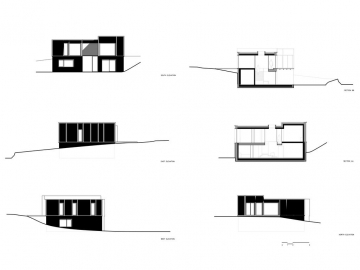
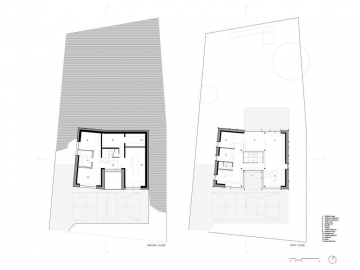
 copy.jpg)
